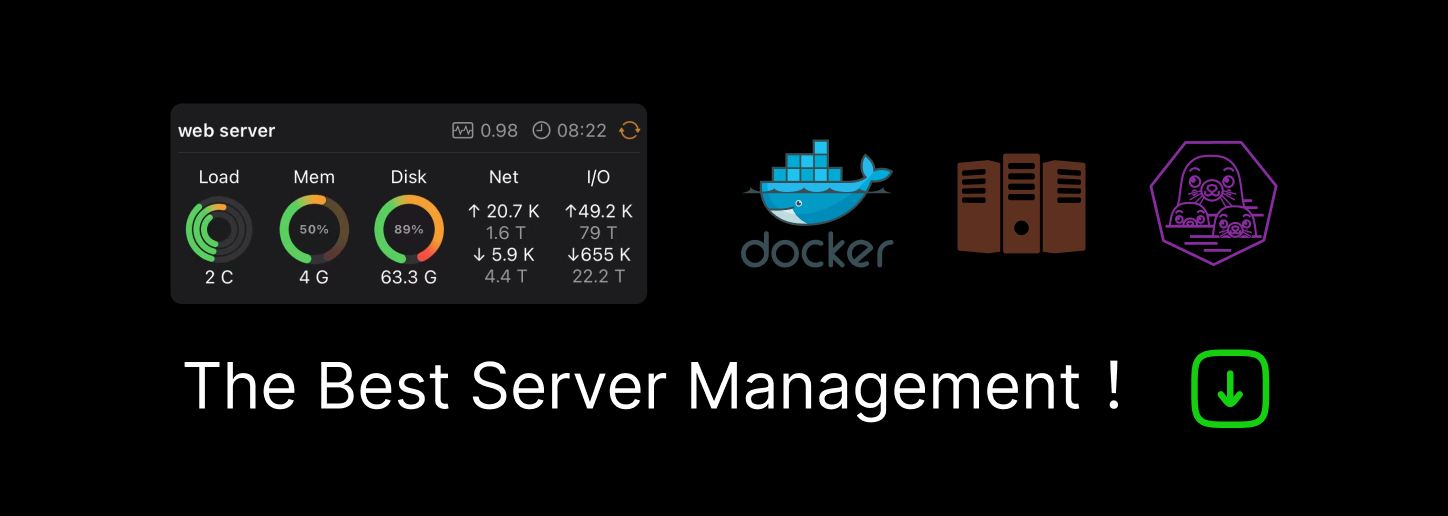

How open source licenses increase or curtail reach of the software
source link: https://dirkriehle.com/2024/02/12/how-open-source-licenses-increase-or-curtail-reach-of-the-software/
Go to the source link to view the article. You can view the picture content, updated content and better typesetting reading experience. If the link is broken, please click the button below to view the snapshot at that time.

How open source licenses increase or curtail reach of the software

Relicensing from a permissive to a copyleft license curtails the potential reach of the open-source software, while relicensing from a copyleft to a permissive license increases its potential reach. In the abstract, this is easy to see: Having less requirements on the use of the software allows more uses and hence increases reach.
The confusion, as shown in the discussion around the relicensing of Immich, stems from conflating two types of users into one, and then talking past each other because the two opposing factions are talking about different things.
The two users of open-source software are:
- End-users simply use the software for its intended purpose. The software typically is an application then (sometimes a component if you create your own application from it).
- Distributors enhance the software with a closed complement (hardware or software or service or a combination thereof) that they pass on to third parties (their end-users).
There are no restrictions on end-users: They can just use the software. It doesn’t matter whether it comes with a permissive or copyleft license.
However, for a distributor, a copyleft license makes it impossible to sell further software as a closed complement (i.e. a vendor who enhances the open-source software with some proprietary modification or enhancement). Hence, vendors with this business model will simply not use copyleft-licensed software, cutting off its further distribution and reach. It is that simple.
People sometimes argue that a copyleft license will appeal to more developers and hence will increase its actual reach, even though its potential reach is lower than that of a permissive license. This argument hinges on the assumption that developers prefer copyleft licenses over permissive licenses, which is not true, as the rapid growth of the use of permissive licenses over copyleft licenses shows (local screenshot copy). (Compare this with 2014 data when the GPL was still dominant.)
If you are an open source programmer and want your software to go far, use a permissive license. If you are a vendor who wants to curtail specific competing uses, or a private person who wants to prevent the described specific commercial use, use a copyleft license.
Posted on
Comments
Leave a ReplyCancel reply
This site uses Akismet to reduce spam. Learn how your comment data is processed.
Share the Joy
Share on LinkedIn
Share by email
Share on Twitter / X
Share on WhatsApp
Featured Startups
QDAcity makes qualitative research and qualitative data analysis fun and easy. EDITIVE makes inter- and intra-company document collaboration more effective.
EDITIVE makes inter- and intra-company document collaboration more effective.
Featured Projects
Making free and open data easy, safe, and reliable to useBringing business intelligence to engineering managementMaking open source in products easy, safe, and fun to use
Recommend
-
 14
14
Open source licenses are usually viewed by developers as the dreary compliance bits that legal advisors have to take care of while the...
-
 7
7
Ethical Open Source Licenses Hippocratic License. A license that prohibits use of the software to violate international human rights guidelines.
-
 8
8
March 18, 2021 Policy What’s up with these new not-open source licenses? ...
-
 5
5
My picks on open-source licenses – Gonçalo ValérioSkip to the content Sooner or later everybody that works with computers will have to deal with software licenses. New...
-
 6
6
Tutorial Understanding Open-Source Software Licenses Open Source ...
-
 4
4
Bipartisan Proposed Legislation To Curtail Secretive Email Seizure Follow Slashdot stories on Twitter ...
-
 4
4
有一大堆文件尺寸巨大的图片占用了太多的磁盘空间?或者你必须将图片上传到有文件大小限制的门户网站?
-
 7
7
经营博客意味着我需要关注文章中使用的屏幕截图大小,上传的图片越小,页面的加载速度就越快。因此,使用...
-
 6
6
Open source licenses as a reflection of values Tuesday, November 8, 2022 I'm the kind of nerd that has a favorite software license. For a while that favorite license was the
-
 6
6
Weka Violates MinIO's Open Source Licenses At MinIO, we are dedicated to the principles of open source s...
About Joyk
Aggregate valuable and interesting links.
Joyk means Joy of geeK